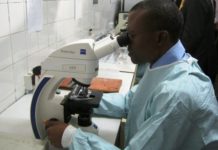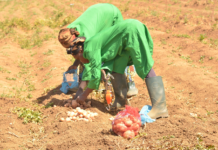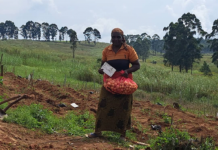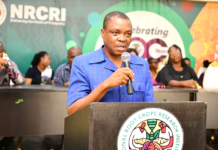In less than 14 years to come, an estimated 4,615,000 of the Nigerian young girls born between 2005 and 2010 would be married/in union before they are 18 years by 2030, the United Nations Population Fund (UNFPA) projected in Abuja on Tuesday.
The above figure is a 64 percent increase from the 2010 estimate of married girls.
UNFPA made the projection at the Launch of the State of World Population (SWOP) Report 2016.
According to UNFPA, a total of 2,814,000 women aged 20 to 24 were married/in union before they were 18.
“If present trends continue, 4,615,000 of the young girls born between 2005 and 2010 will be married/in union before age 18 by 2030. Urgent action is needed to scale up intervention to protect adolescent girls, and keep them in school,” UNFPA said in a document.
UNFPA recalled that Nigeria has one of the highest child marriage prevalence rates in the world, despite legislations in place.
“Strong social and cultural norms also drive the practice. With 1,193,000 married before the age of 18, Nigeria is the third country worldwide for absolute number of girl brides.
“In 2013, about 47 percent of the women aged 20 to 24 were married/in union before age 18. Once girls in Nigeria are married, very few, 15 to 19 (1.2 percent), are using contraception in spite of their needs to space their childbearing time. Only 13.1 percent of them have their demand for contraception satisfied,” it said.
Nigeria’s 1999 Constitution sets the legal age of marriage at age 18, while the 2003 Child Rights Acts Article 21 reinforced this legal age.
However, only 23 out of the the 36 states of the West African nation (plus the Federal Capital Territory) have so far enacted this law as at June 2016.
UNFPA, therefore, called for the education of adolescent girls to end child marriage.
“Ending child marriage requires strategies for girls’ employment, social and cultural norms change, legal reform, and policy action. Proven solutions involve girls’ schooling, especially lower secondary, and programmes that offer life skills, literacy, health information and services, including family planning and maternal health services,” it added.


























